Home>Articles>How To Cook Wild Rice In Electric Pressure Cooker
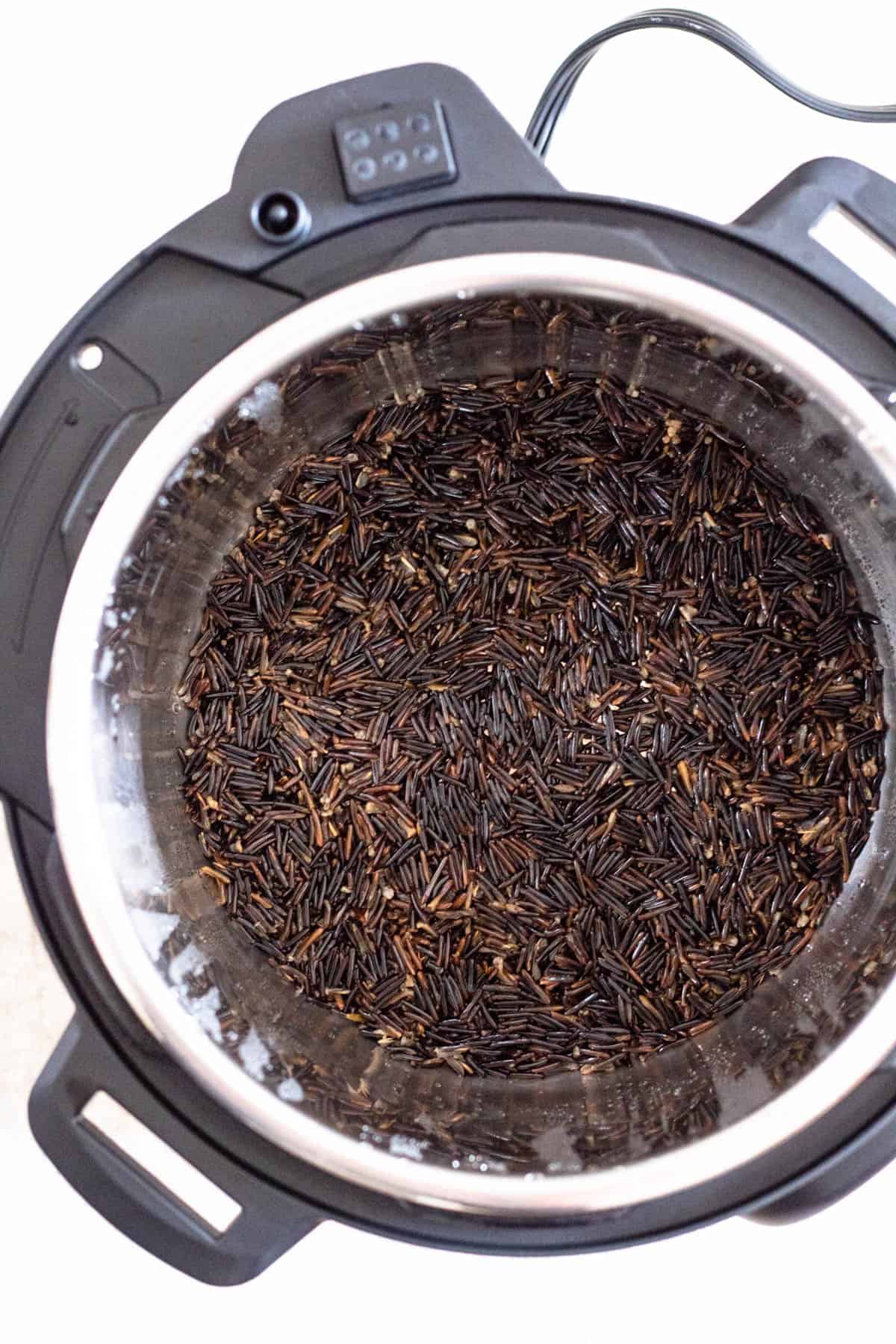

Articles
How To Cook Wild Rice In Electric Pressure Cooker
Modified: October 20, 2024
Learn how to cook delicious and fluffy wild rice in your electric pressure cooker with this informative article. Discover tips and tricks to perfect your cooking technique.
(Many of the links in this article redirect to a specific reviewed product. Your purchase of these products through affiliate links helps to generate commission for Storables.com, at no extra cost. Learn more)
Introduction
Wild rice is a versatile and nutritious grain that has gained popularity in recent years for its unique flavor and health benefits. If you’re looking for a convenient and efficient way to cook wild rice, an electric pressure cooker is the perfect kitchen appliance for the job. With its ability to cook food faster and retain flavors, an electric pressure cooker can help you achieve perfectly cooked and tender wild rice in a fraction of the time compared to traditional cooking methods.
In this article, we will guide you through the process of cooking wild rice in an electric pressure cooker. We’ll cover everything from choosing the right wild rice to seasoning and serving it. By the end, you’ll be equipped with the knowledge and techniques to prepare a delicious and nutritious wild rice dish that will impress your family and friends.
So, let’s get started on this culinary adventure and discover how to cook wild rice in an electric pressure cooker!
Key Takeaways:
- Cooking wild rice in an electric pressure cooker offers a convenient and efficient way to achieve perfectly cooked and flavorful grains. Experiment with different seasonings and serving options to elevate your wild rice dishes and impress your family and friends.
- Understanding the cooking process and utilizing tips and tricks can help you consistently achieve perfectly cooked and delicious wild rice. Adjust the cooking time, experiment with ratios, and get creative with flavor combinations to elevate your culinary creations.
Choosing the Right Wild Rice
When it comes to cooking wild rice, selecting the right type of wild rice is crucial. There are different varieties of wild rice available, each with its own unique characteristics. Here are a few factors to consider when choosing wild rice:
- Long Grain vs. Short Grain: Wild rice is categorized into long grain and short grain. Long grain wild rice is slender and has a chewy texture, while short grain wild rice is plumper with a softer texture. Both varieties are delicious, so choose based on your personal preference.
- Color: Wild rice is typically dark brown or black in color. While the color doesn’t affect the taste, some people prefer the dark brown variety for its richer flavor.
- Source: Look for wild rice that is harvested from natural water sources such as lakes and rivers. This ensures that the rice has a more authentic taste and is not cultivated in paddies.
- Quality: Opt for wild rice that is organic and free from additives or preservatives. This will not only enhance the taste but also ensure that you’re consuming a healthier product.
When purchasing wild rice, it’s best to buy it in small quantities to maintain its freshness. Store it in an airtight container in a cool, dry place to preserve its quality and flavor.
Now that you have chosen the perfect wild rice, it’s time to prepare it for cooking.
Preparing Wild Rice for Cooking
Before you start cooking wild rice in your electric pressure cooker, it’s important to properly prepare the rice for optimal results. Follow these steps to prepare wild rice for cooking:
- Rinse the Rice: Place the desired amount of wild rice in a fine-mesh strainer and rinse it under cold water. This step helps remove any dirt or debris, ensuring cleaner and more flavorful rice.
- Soak the Rice (Optional): Soaking the wild rice overnight can help reduce the cooking time and soften the grains. If you prefer a quicker cooking process, you can skip this step, but keep in mind that the rice may take slightly longer to cook.
- Drain the Rice: After rinsing or soaking the rice, make sure to drain off any excess water. This will prevent the rice from becoming overly soggy during cooking.
- Proportion the Ingredients: To cook wild rice, a general guideline is to use a ratio of 1 cup of wild rice to 2.5 cups of liquid (such as water or broth). Adjust the quantity based on your needs, keeping this ratio in mind.
By following these simple steps, you’ll ensure that your wild rice is clean, ready, and properly proportioned for the cooking process. Now, let’s move on to the next step: cooking wild rice in your electric pressure cooker.
Cooking Wild Rice in an Electric Pressure Cooker
Now that your wild rice is rinsed and ready, it’s time to cook it in your electric pressure cooker. Follow these steps for perfectly cooked wild rice:
- Add the Rice and Liquid: Start by adding the prepared wild rice to the inner pot of your electric pressure cooker. Next, add the appropriate amount of liquid, such as water or vegetable broth, based on the ratio mentioned earlier.
- Lock the Lid and Set the Cooking Time: Securely lock the lid of your pressure cooker. Set the cooking time according to the manufacturer’s instructions or follow this general guideline: for long grain wild rice, set the cooking time to 20 to 25 minutes; for short grain wild rice, set it to 25 to 30 minutes.
- Choose Pressure Setting: Select the appropriate pressure setting for cooking wild rice. Most electric pressure cookers have a high-pressure setting, which is ideal for cooking rice.
- Start Cooking: Once you have set the cooking time and pressure setting, start the pressure cooker. It will take a few minutes for the pressure to build up, and then the cooking process will automatically begin.
- Natural Pressure Release vs. Quick Pressure Release: Once the cooking time has elapsed, you have two options for releasing the pressure: natural pressure release (NPR) or quick pressure release (QPR). NPR involves letting the pressure release naturally over a period of time, usually 10 to 15 minutes. QPR involves manually releasing the pressure by carefully switching the pressure release valve to the venting position. Choose the method that suits your preference and the recipe you’ll be using the wild rice in.
After releasing the pressure and ensuring that the pressure indicator has dropped, you can safely open the lid of your electric pressure cooker. Your wild rice should be perfectly cooked and ready to be seasoned and served!
Now, let’s explore some options for seasoning and serving your delicious wild rice.
Add 1 cup of wild rice and 1.5 cups of water or broth to the electric pressure cooker. Cook on high pressure for 15 minutes, then allow natural release for 10 minutes before quick releasing any remaining pressure. Enjoy fluffy and perfectly cooked wild rice!
Natural Pressure Release vs. Quick Pressure Release
When cooking wild rice in an electric pressure cooker, it’s important to understand the two methods of pressure release: natural pressure release (NPR) and quick pressure release (QPR). Each method has its benefits and considerations. Let’s take a closer look at both:
Natural Pressure Release (NPR):
Natural pressure release involves allowing the pressure to dissipate gradually on its own without any manual intervention. Once the cooking time is complete, the pressure cooker will automatically switch to the “Keep Warm” mode, and the pressure will slowly drop. This process usually takes about 10 to 15 minutes.
NPR is commonly used for delicate and starchy foods like wild rice because it allows the grains to continue cooking gently as the pressure decreases. This results in a more even and tender texture.
Quick Pressure Release (QPR):
Quick pressure release involves manually releasing the pressure by carefully switching the pressure release valve to the venting position. This immediately releases the built-up pressure and steam from the pressure cooker.
QPR is beneficial when you want to halt the cooking process quickly or when the recipe requires you to prevent any further cooking. It’s important to exercise caution when performing a QPR, as the high-pressure steam can cause burns. Make sure to follow the specific instructions provided by the manufacturer of your electric pressure cooker for safe pressure release.
It’s worth noting that some foods, especially those with a high liquid content or that foam during cooking, may produce splattering when using the QPR method. To prevent any potential mess or accidents, it’s recommended to place a cloth or towel over the pressure release valve to contain the steam.
When deciding between natural pressure release and quick pressure release, consider the recipe you’re using the wild rice for. If you want tender and evenly cooked grains, NPR is the best choice. However, if you need to stop the cooking process promptly or prevent overcooking, QPR is the way to go.
Now that your wild rice is cooked and the pressure has been released, it’s time to season and serve your flavorful creation!
Read more: How To Can With An Electric Pressure Cooker
Seasoning and Serving Wild Rice
Wild rice is a delicious and versatile grain that can be seasoned in various ways to enhance its flavor. Here are some ideas for seasoning and serving your perfectly cooked wild rice:
- Basic Seasoning: For a simple and clean flavor, you can season the wild rice with a pinch of salt and freshly ground black pepper. This allows the natural nutty and earthy taste of the wild rice to shine.
- Herbs and Spices: Experiment with different herbs and spices to add depth and complexity to your wild rice. Some popular options include thyme, rosemary, garlic powder, onion powder, smoked paprika, or cumin. These seasonings can be added during the cooking process or sprinkled on top before serving.
- Vegetables: Add some vibrant colors and textures to your wild rice by incorporating sautéed or roasted vegetables. Bell peppers, onions, carrots, mushrooms, and peas are all great options that can complement the nutty flavor of the wild rice.
- Nuts and Dried Fruits: Toasted nuts like almonds, pecans, or walnuts can provide a delightful crunch to your wild rice dish. Dried fruits such as cranberries, raisins, or apricots can add a touch of sweetness and contrast to the savory grains.
- Protein Additions: To make your wild rice a complete meal, consider adding protein sources such as cooked chicken, shrimp, tofu, or beans. This not only adds nutritional value but also creates a satisfying and hearty dish.
When it comes to serving wild rice, the options are endless. Here are a few ideas to get you started:
- As a Side Dish: Serve wild rice as a delicious side dish alongside roasted chicken, grilled fish, or steamed vegetables. Its unique flavor and texture will complement a wide variety of main courses.
- In Salads: Toss cooked wild rice with fresh greens, chopped vegetables, and a tangy vinaigrette dressing for a nutritious and filling salad option. You can also add some protein, such as grilled tofu or sliced chicken, to make it a complete meal.
- In Soups or Stews: Add cooked wild rice to hearty soups or stews for an extra layer of texture and flavor. It can provide a satisfying chewiness and turn a simple soup into a comforting and wholesome meal.
Get creative and experiment with different flavor combinations and serving ideas to make your wild rice dishes truly unique and enjoyable.
Now that you’re well-versed in seasoning and serving wild rice, it’s time to put your knowledge to the test and create a delectable wild rice dish that will impress your taste buds and those of your loved ones!
Tips and Tricks for Perfectly Cooked Wild Rice
To ensure that your wild rice turns out perfectly cooked every time, here are some helpful tips and tricks to keep in mind:
- Adjust the Cooking Time: The cooking time for wild rice can vary depending on its variety and your desired texture. If you prefer chewier rice, reduce the cooking time slightly. On the other hand, if you like softer rice, increase the cooking time accordingly. It’s always a good idea to test the rice for doneness and adjust the cooking time to your preference.
- Use Flavored Liquids: Enhance the flavor of your wild rice by cooking it in flavored liquids instead of plain water. Vegetable or chicken broth, or even coconut milk, can infuse the rice with extra taste and make it more delicious.
- Let it Rest: After cooking, allow the wild rice to rest for a few minutes in the pressure cooker before serving. This helps the grains absorb any residual moisture and results in a more tender and evenly cooked rice.
- Fluff with a Fork: Once the wild rice is cooked, use a fork to gently fluff the grains. This separates them and prevents them from clumping together, creating a light and fluffy texture.
- Add Moisture: If you find that your wild rice is too dry after cooking, you can add a splash of broth, water, or olive oil to moisten it. Mix it in gently to evenly distribute the moisture and revive the texture.
- Try a Pilaf Variation: For a flavorful twist, you can make a wild rice pilaf by sautéing the rice with onions, garlic, and butter or oil before adding the liquid. This adds extra depth and richness to the dish.
- Double Cooking Method: If you prefer a more tender wild rice, you can use a combination of pressure cooking and stovetop simmering. After pressure cooking the rice for the recommended time, transfer it to a saucepan and simmer it with a little additional liquid until it reaches your desired tenderness.
- Experiment with Ratios: While the general ratio of wild rice to liquid is 1:2.5, feel free to experiment with different ratios to achieve your preferred texture. More liquid will result in a softer and stickier rice, while less liquid will yield a firmer and more separate grain.
Remember, practice makes perfect, and don’t be afraid to adjust the cooking process to suit your taste preferences. With these tips and tricks, you’ll be well on your way to consistently achieving perfectly cooked and delicious wild rice.
Now it’s time to put your knowledge into action and enjoy the delightful flavors of your homemade wild rice dishes!
Conclusion
Cooking wild rice in an electric pressure cooker is a convenient and efficient way to enjoy this nutrient-rich grain. With its ability to cook food faster and retain flavors, an electric pressure cooker ensures that your wild rice turns out perfectly cooked and full of flavor every time.
In this article, we covered the essential steps to cook wild rice in an electric pressure cooker, from choosing the right wild rice to seasoning and serving it. We explored the importance of rinsing and preparing the rice, the various cooking methods, and the different options for seasoning and serving your dish.
Remember to experiment with different flavors, such as herbs, spices, vegetables, nuts, and dried fruits, to make your wild rice creations even more delicious and unique. Whether you prefer it as a side dish, in salads, or as part of a soup or stew, wild rice is a versatile grain that can elevate any meal.
By following the tips and tricks mentioned, you can ensure that your wild rice turns out perfectly cooked and flavorful. Adjust the cooking time and liquid ratio to achieve your preferred texture, and don’t be afraid to get creative and try new combinations.
Now armed with the knowledge and techniques to cook wild rice in an electric pressure cooker, you can confidently embark on this culinary adventure. So, fire up your pressure cooker, choose the perfect wild rice, and let your taste buds savor the delightful flavors of a homemade wild rice dish!
Frequently Asked Questions about How To Cook Wild Rice In Electric Pressure Cooker
Was this page helpful?
At Storables.com, we guarantee accurate and reliable information. Our content, validated by Expert Board Contributors, is crafted following stringent Editorial Policies. We're committed to providing you with well-researched, expert-backed insights for all your informational needs.
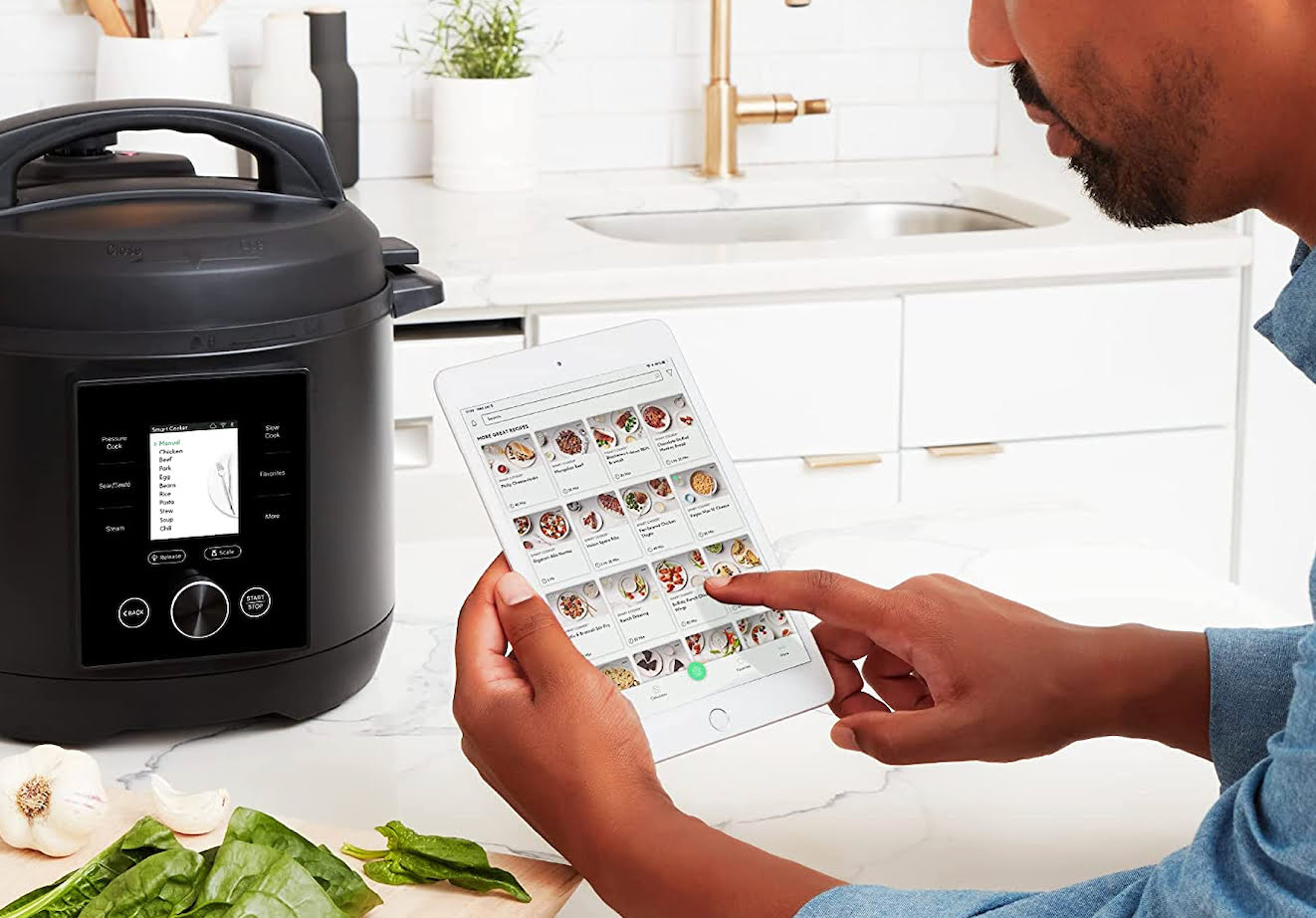
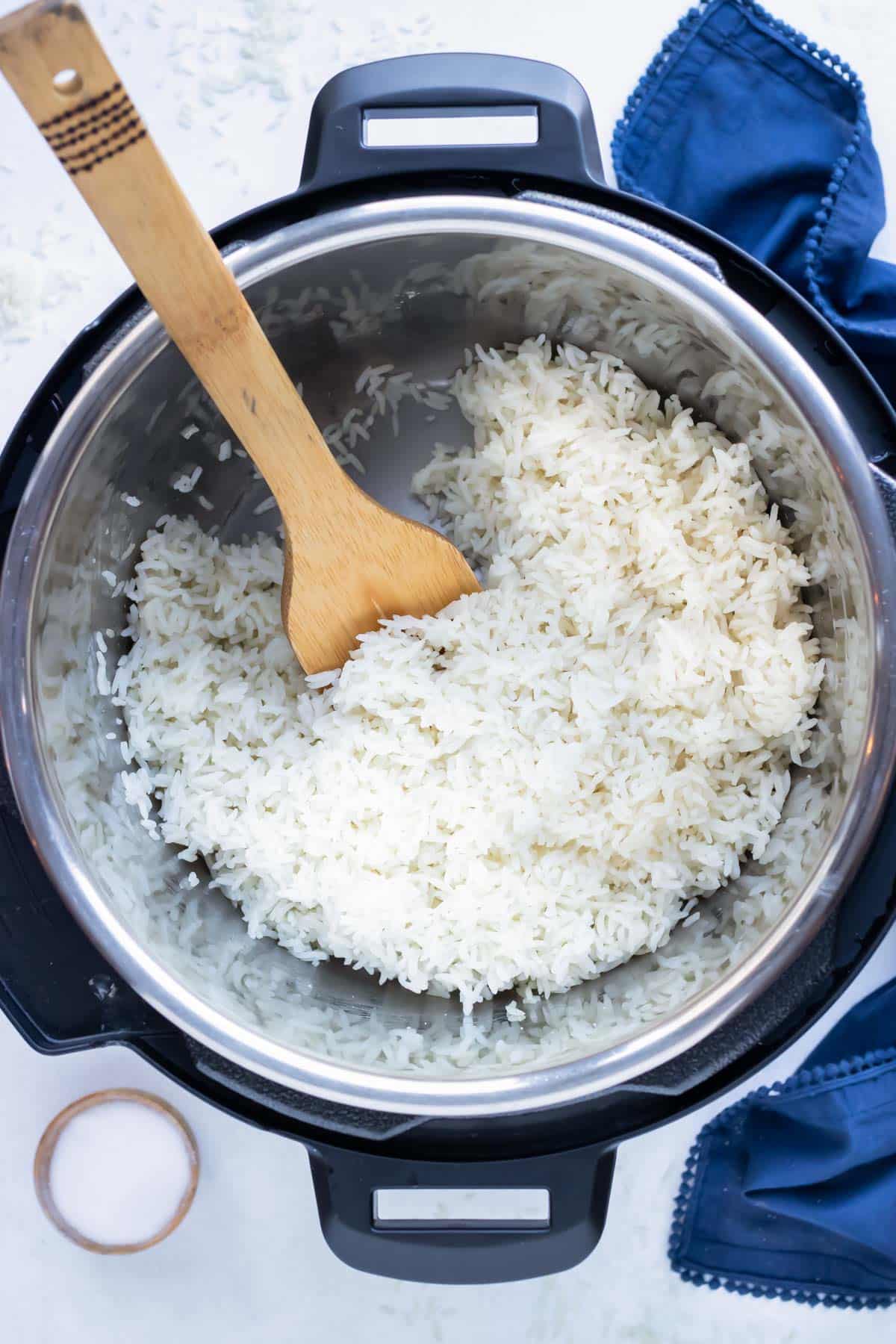
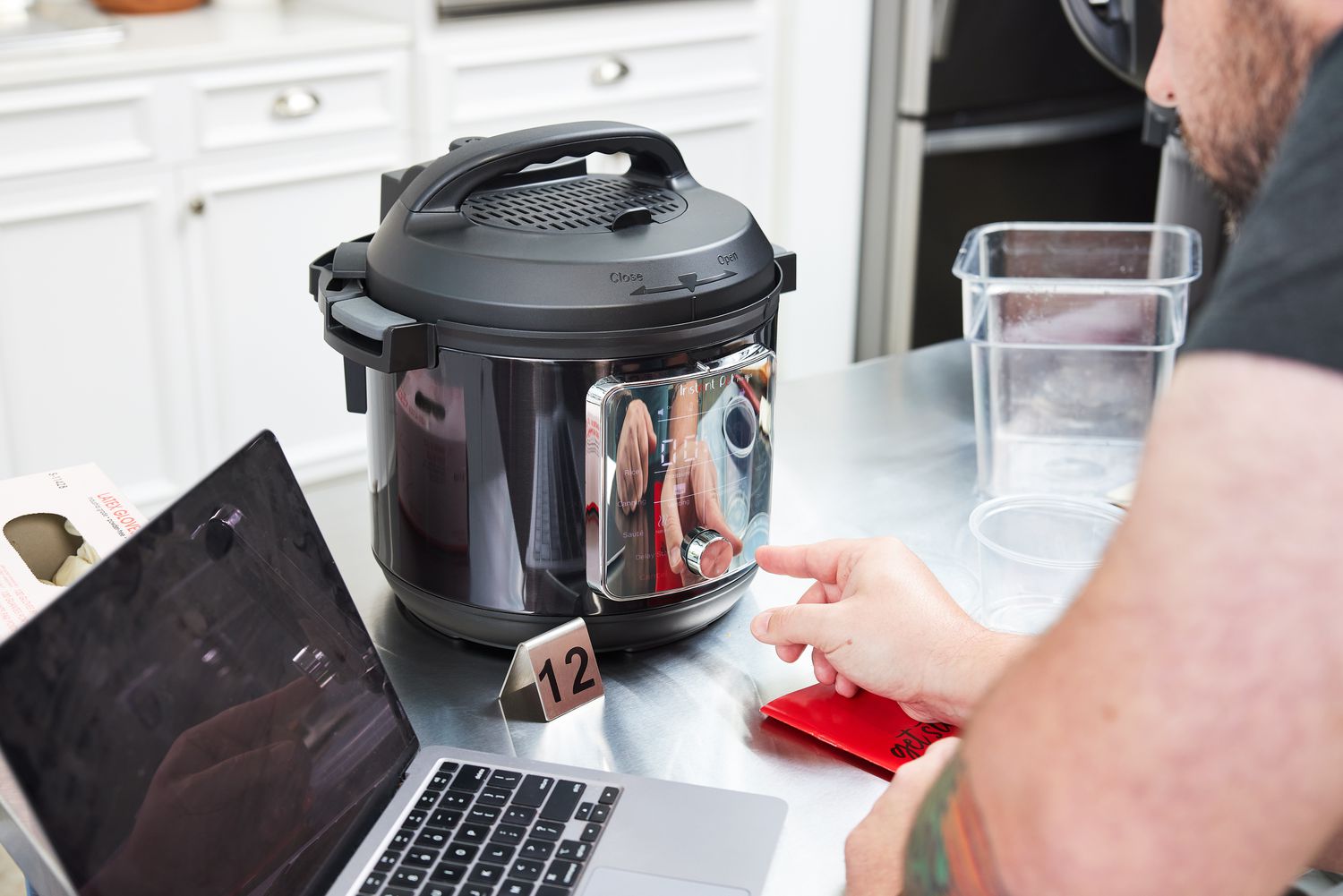
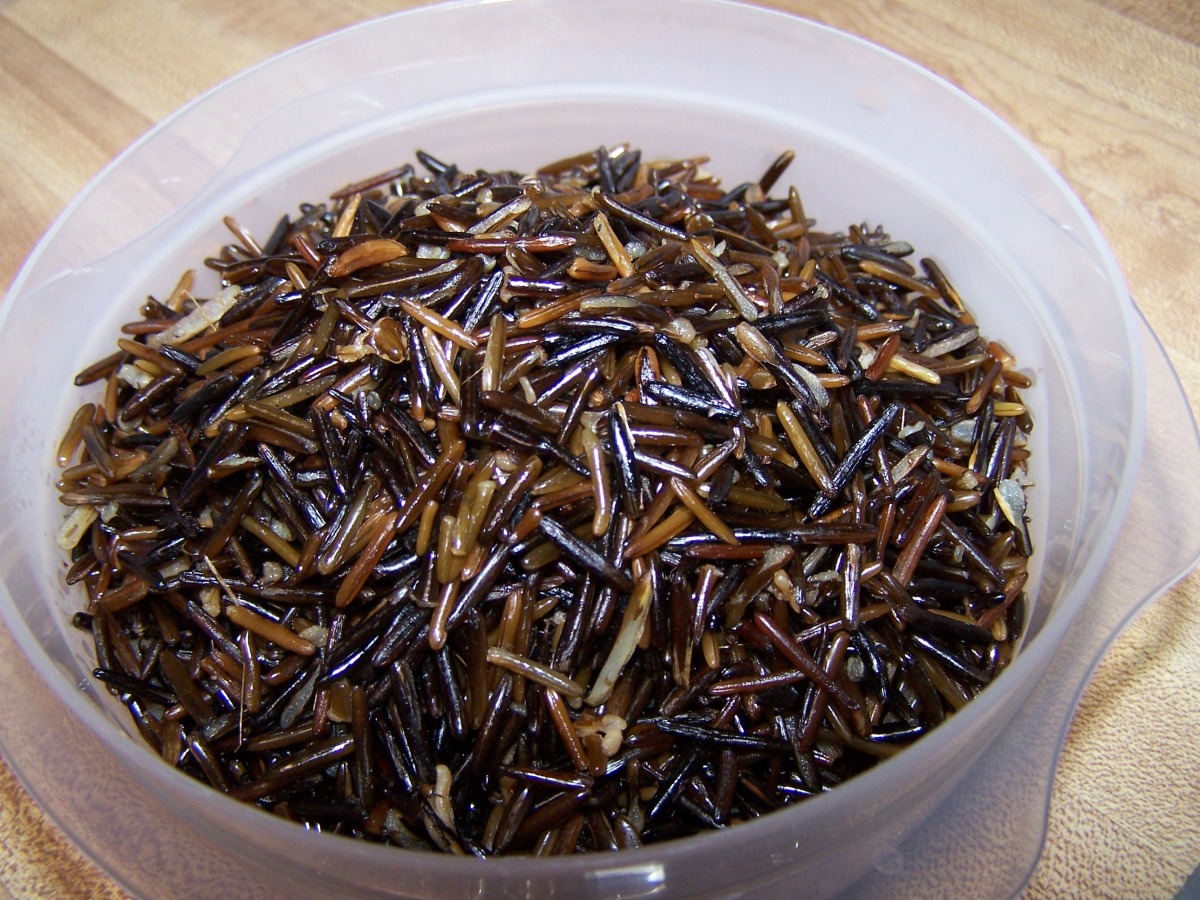
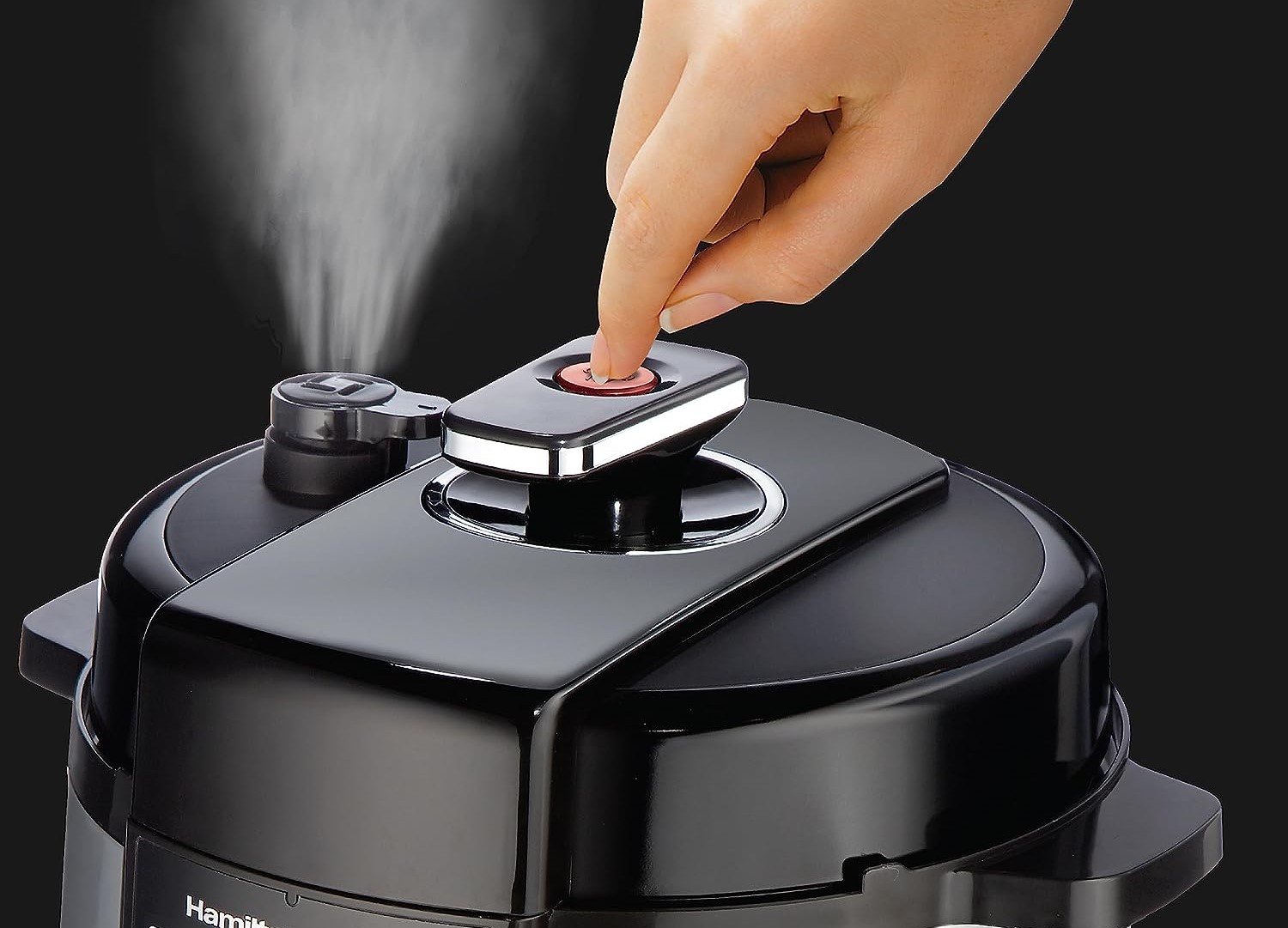
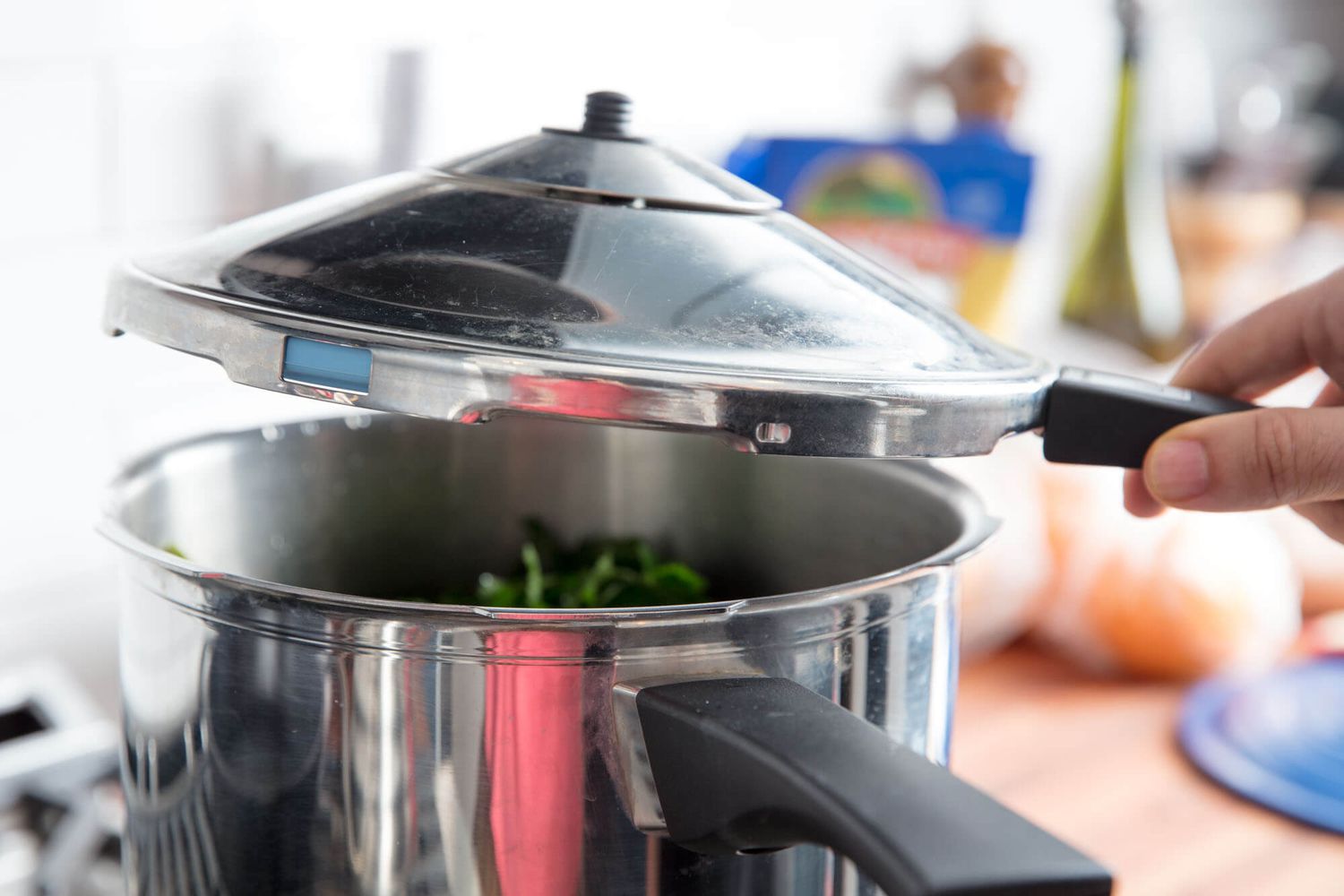
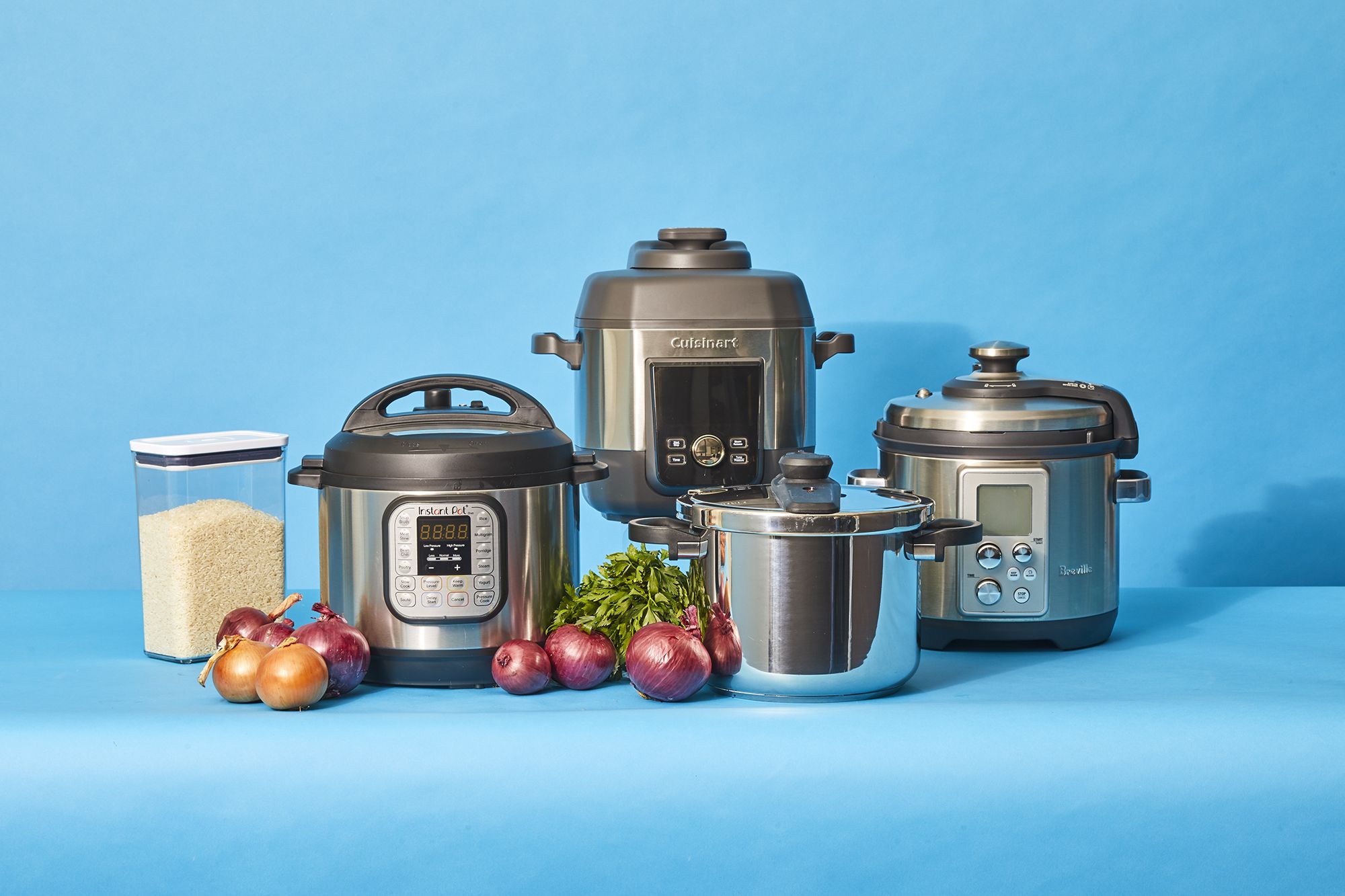
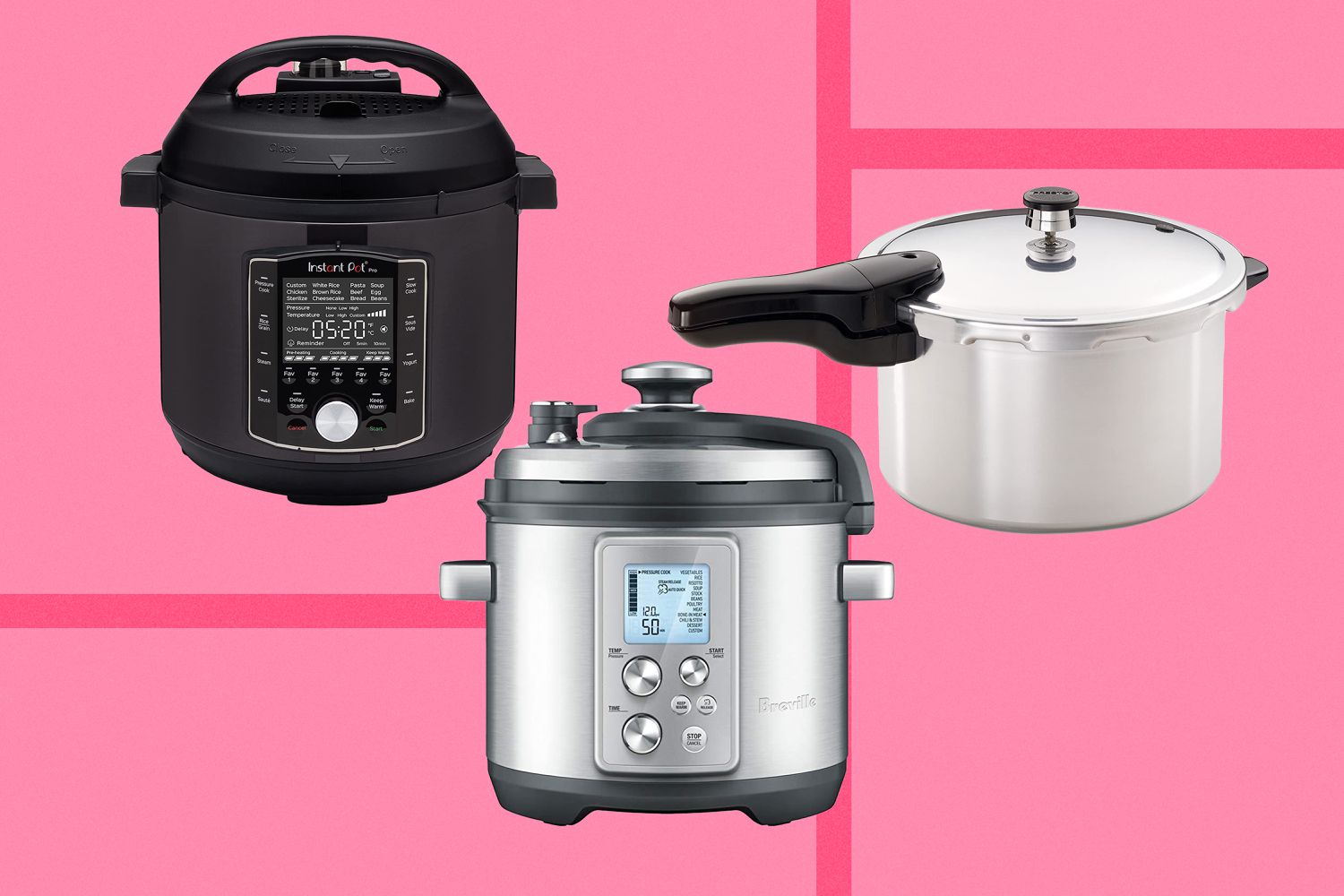
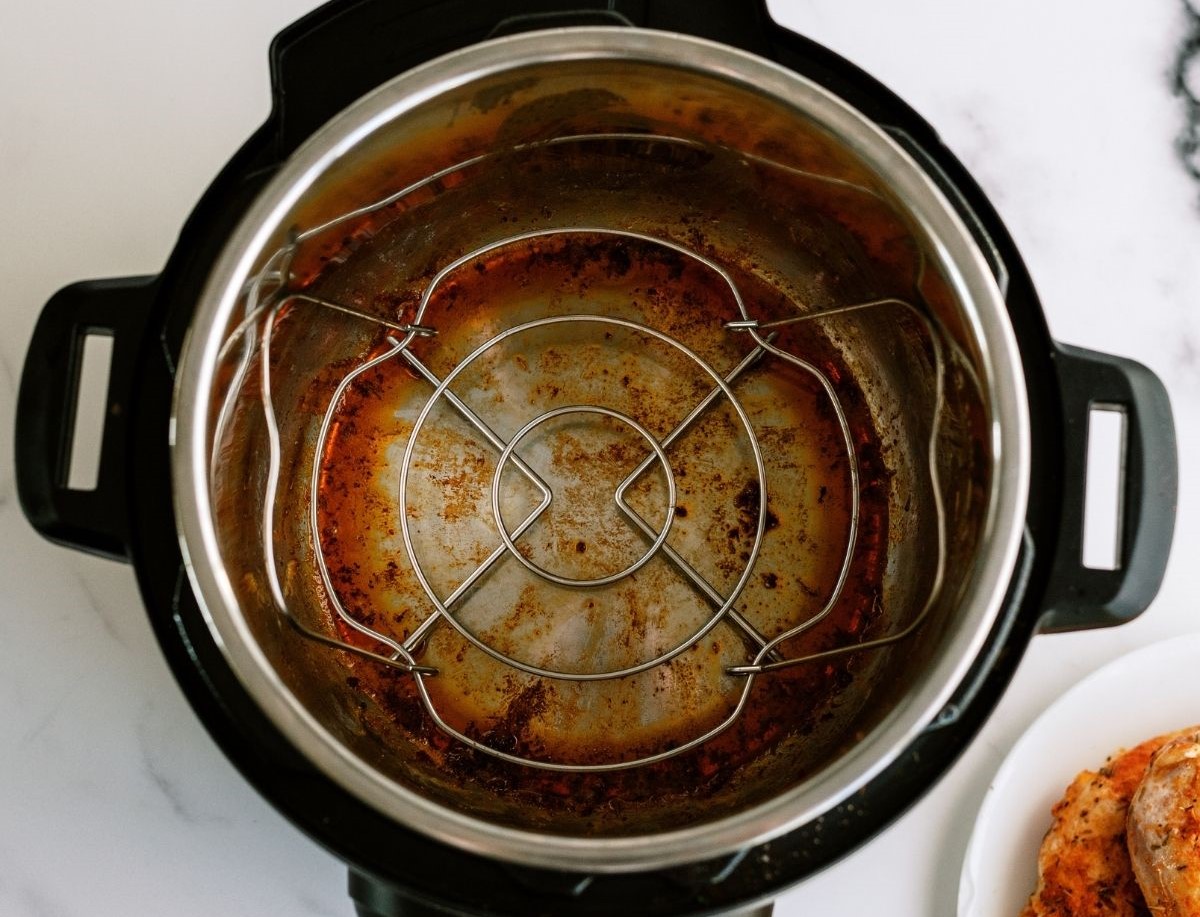
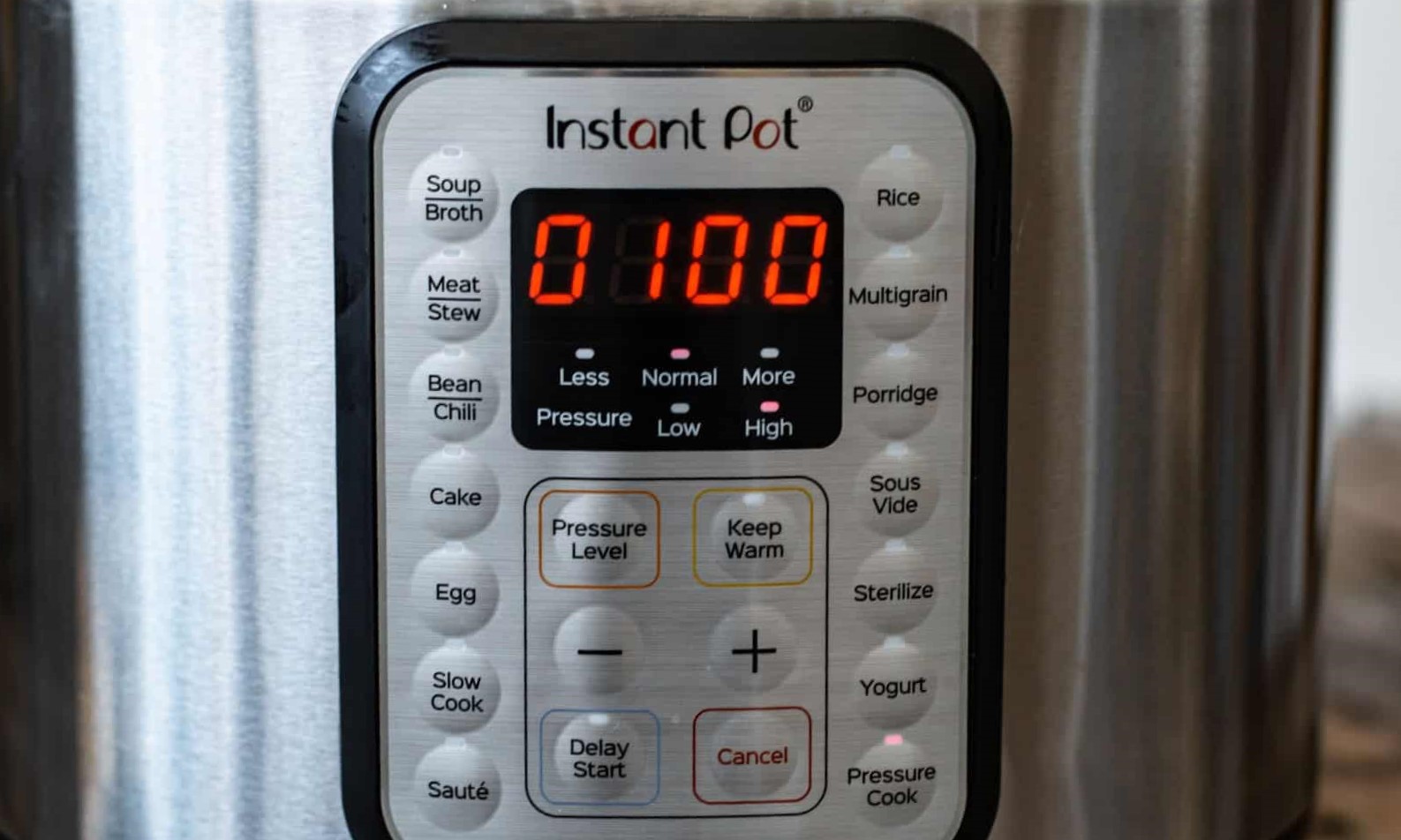

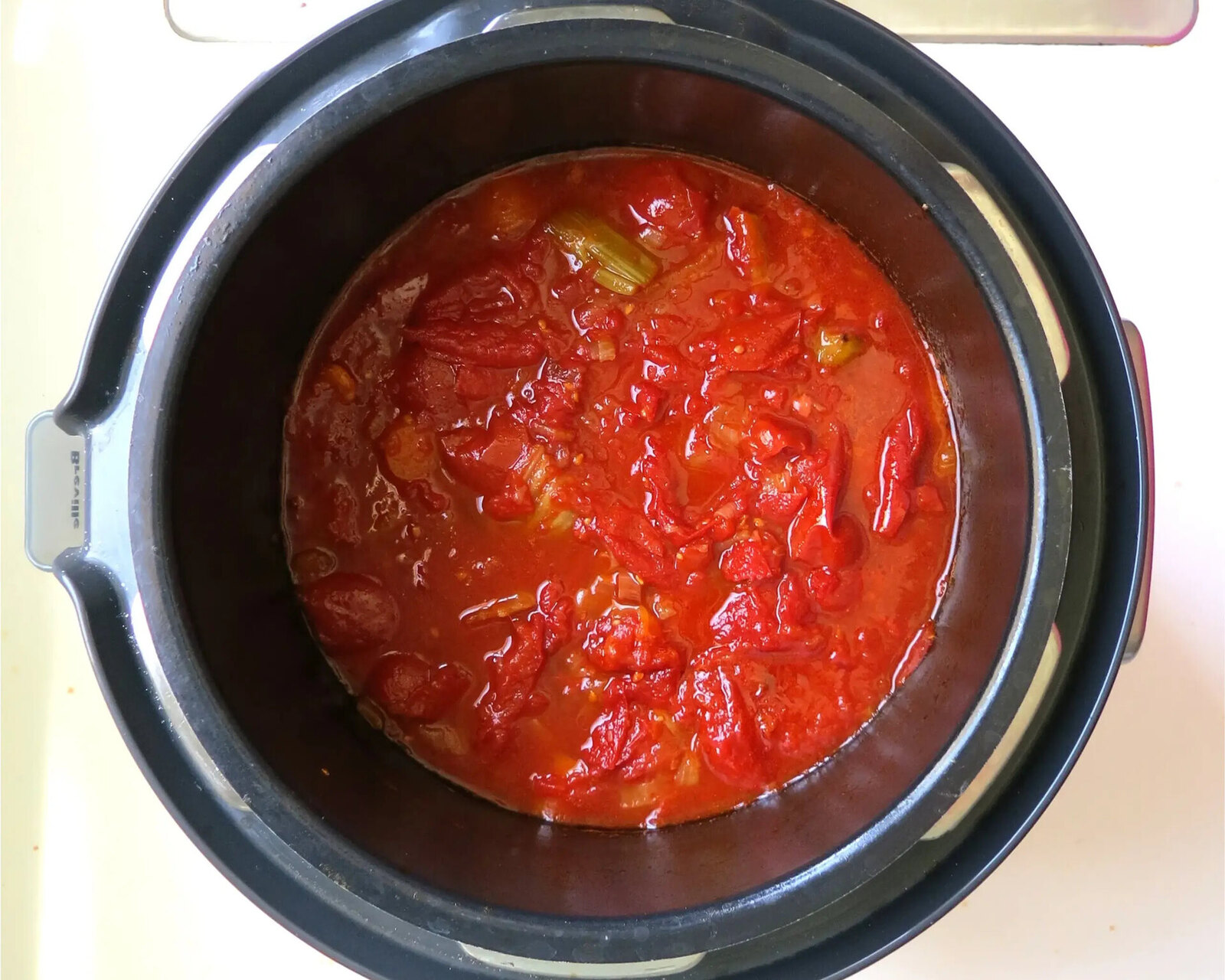
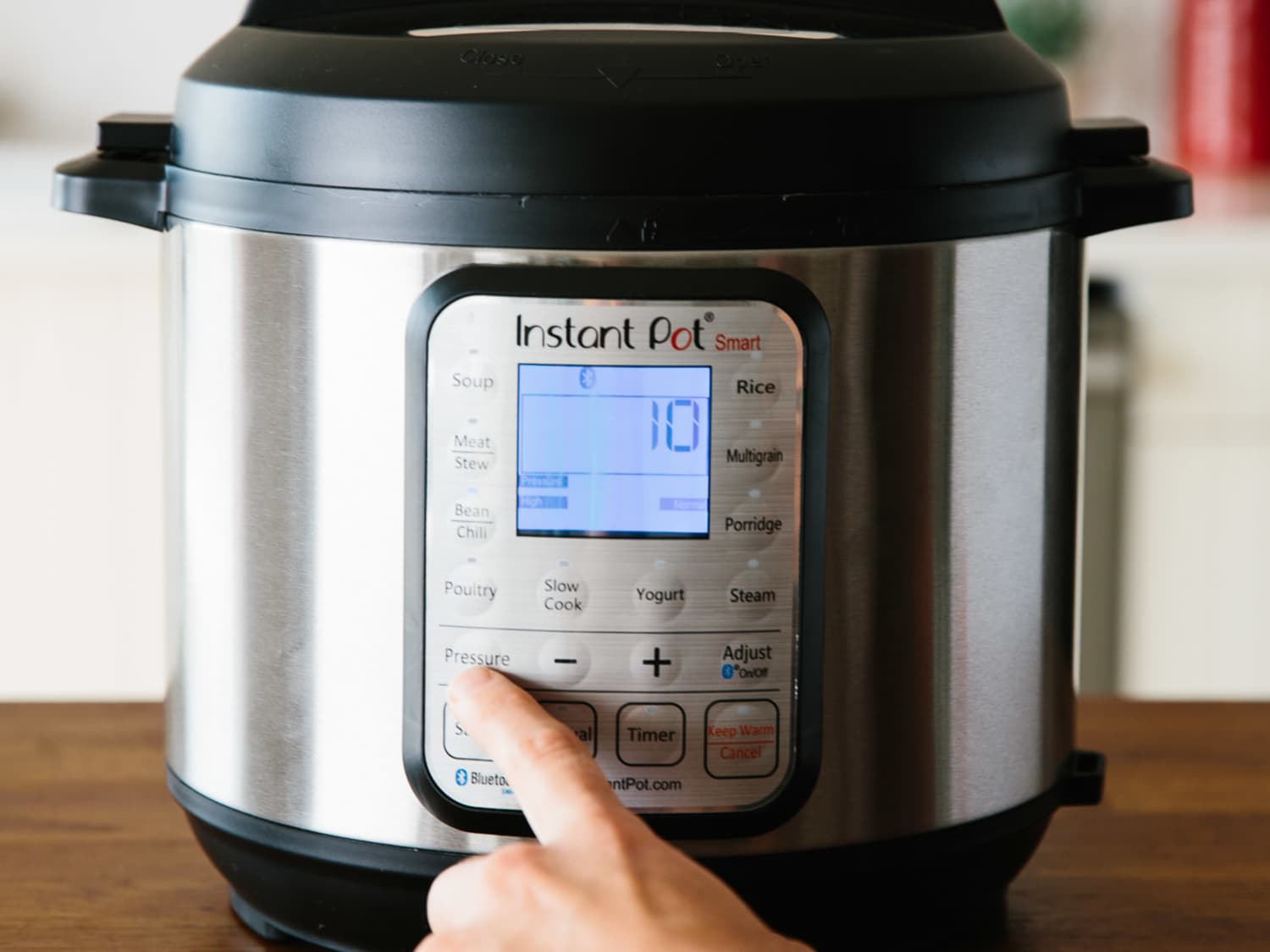
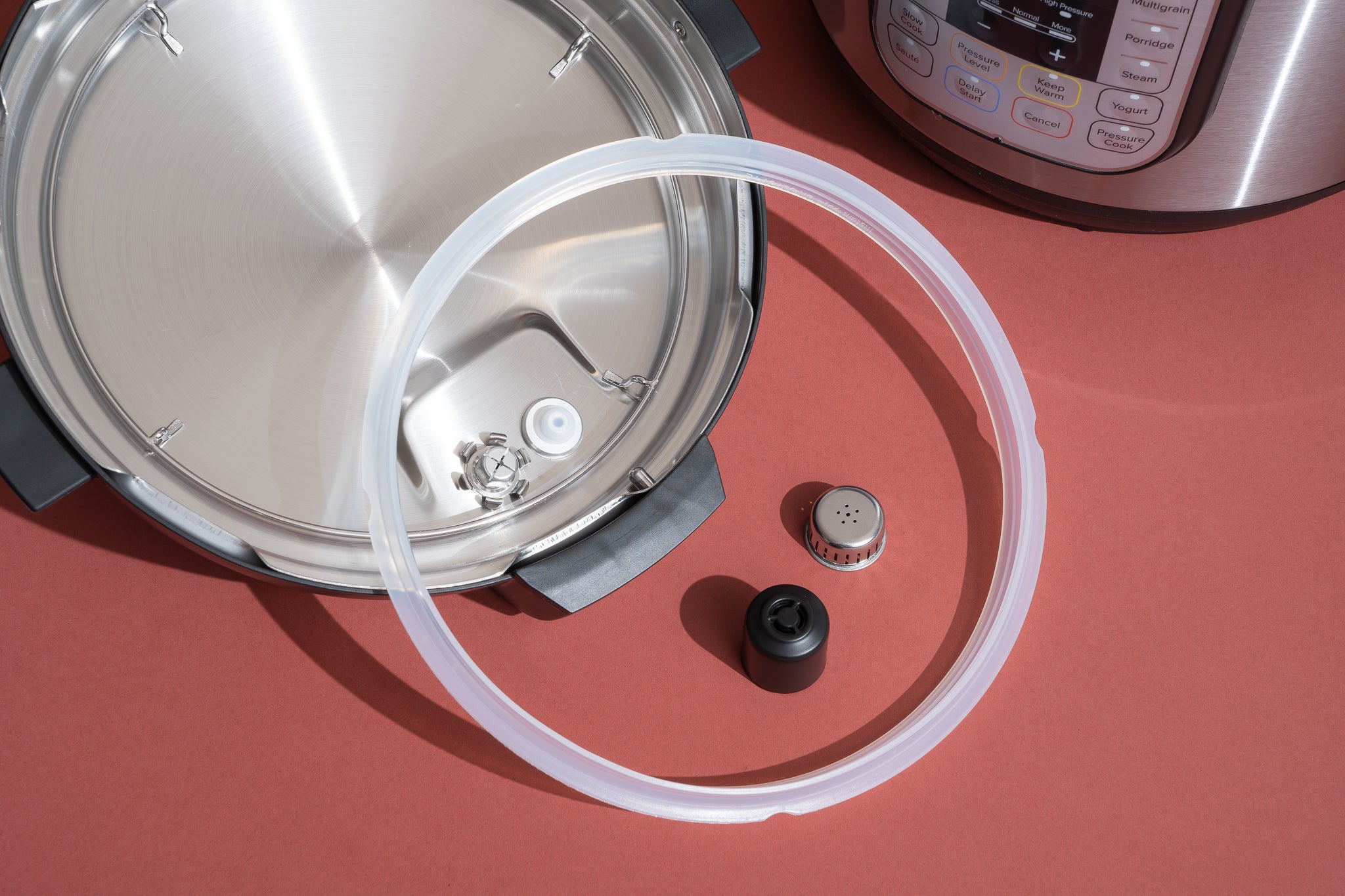

0 thoughts on “How To Cook Wild Rice In Electric Pressure Cooker”